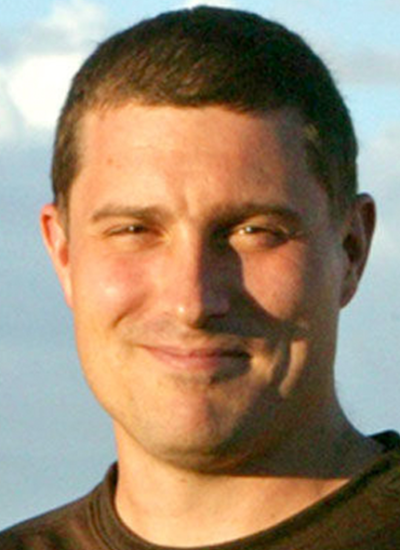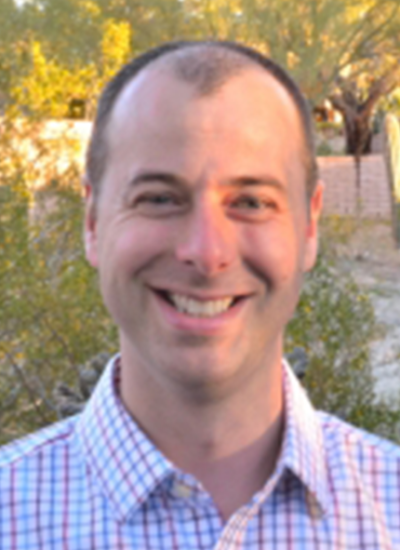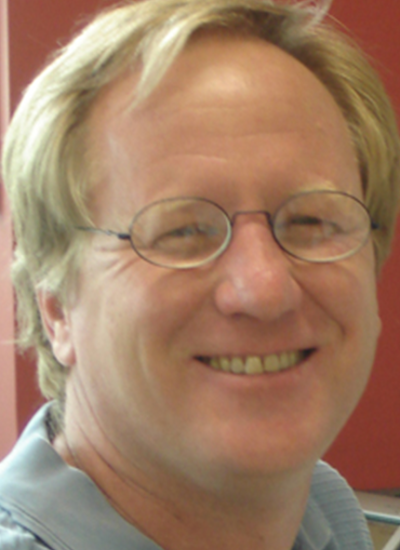Nancy C Horton
Work Summary
The Horton lab uses biophysical, biochemical, and molecular biology to study protein-DNA interactions and filament formation by enzymes. Current projects include the investigation of mechanisms of disease caused by the Human Parvovirus B19, and advantages of filament formation by enzymes such as the sequence specific DNA endonuclease SgrAI, and the important metabolic enzyme PFK.








